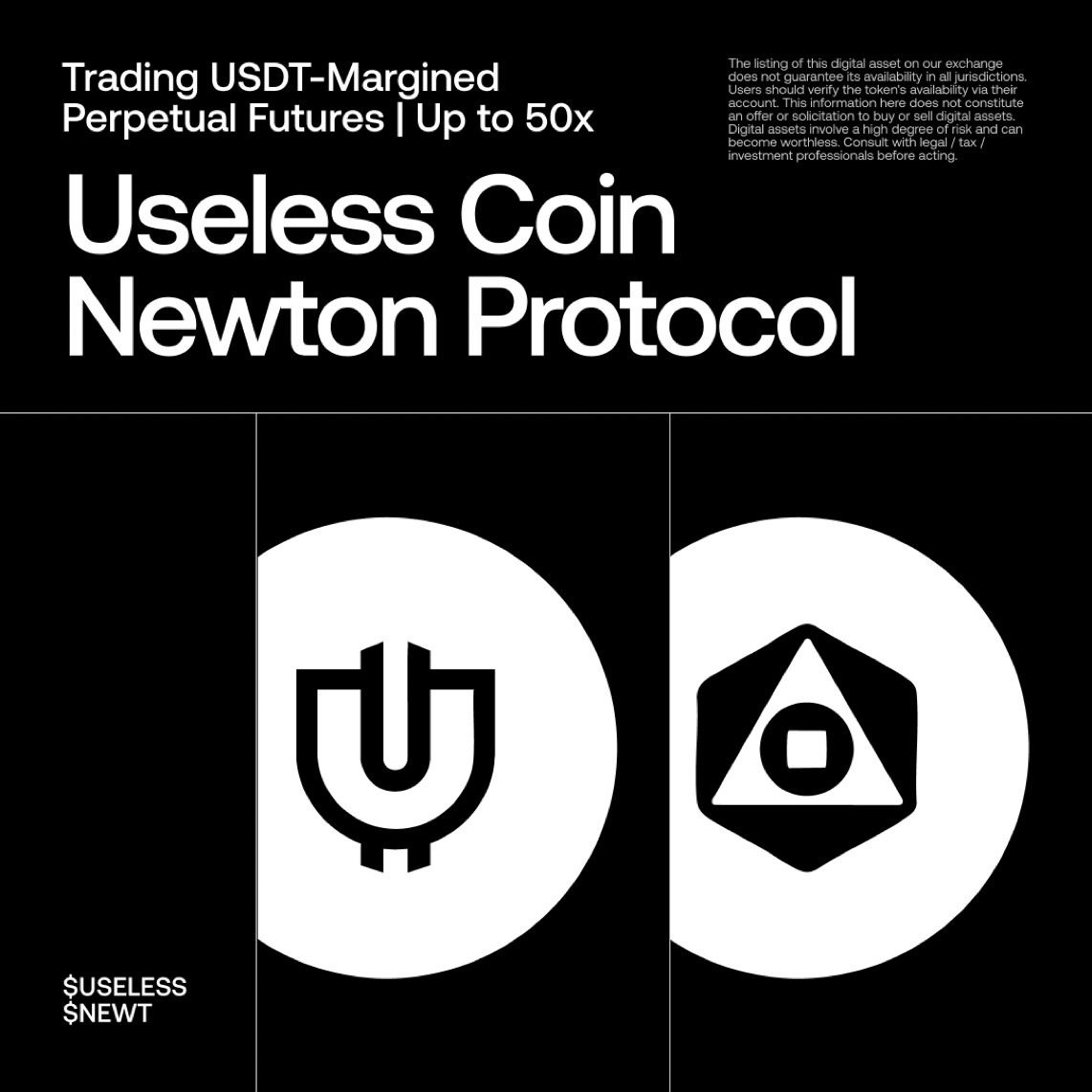How to Spot DeFi Risks Early and Protect Your Crypto Assets
⚠️ Why DeFi Risks Matter — And How to Spot Them Early
DeFi (decentralized finance) is reshaping how people manage, borrow, and grow their money — no banks, no middlemen. But freedom comes with risks. If you’re not careful, DeFi can burn you. Here’s how to stay one step ahead.
🔍 What Is DeFi — And Why It’s Risky
In DeFi, financial services run entirely on blockchains like Ethereum. Users lend, borrow, and trade using smart contracts — no permission required. But while this brings huge potential, it also means no safety nets.
Imagine parking your savings in a DeFi project. One crash — and boom, funds frozen, markets crashing, and no one to call.
Let’s break down the main risks you should know.
💧 Liquidity Crunches
DeFi platforms rely on user-supplied liquidity. But what if everyone wants out at once?
- Protocols like Aave or Curve can experience withdrawal delays
- Borrowing rates spike when liquidity dries up
- Users may be locked out of their funds during a crisis
💸 Stablecoin Depegs
Stablecoins are supposed to stay at $1. But they don’t always:
- In 2024, FDUSD depegged — dropping below $1
- This caused losses for anyone holding or providing liquidity with it
- Curve pools with unstable coins = high risk for LPs
🔻 Liquidations & Price Drops
Loans in DeFi are often overcollateralized. If prices drop:
- Borrowers face forced liquidations
- This causes a cascade effect — selling leads to more selling
- Protocols like Aave show a health factor — below 1 = liquidation risk
🐳 Whale Activity
In DeFi, a few big wallets often control huge portions of liquidity:
- One large withdrawal can trigger panic exits
- Whales exiting pools = slippage spikes + liquidity crashes
- Always watch for sudden volume moves or on-chain alerts
🛠️ How to Spot DeFi Risks Early
To protect yourself:
- Monitor liquidity: sudden drops = red flag
- Check stablecoins: if one loses peg, exit fast
- Watch loan health: low health factors signal liquidation pressure
- Track whales: follow big wallets using platforms like Arkham or Nansen
✅ Final Take
DeFi is powerful — but risky. If you want to win, don’t just use the tools — understand the system. Learn to read the signals, spot instability early, and never assume “it’s fine.”
Because in DeFi, what you don’t know can hurt you.
🧠 TL;DR:
- DeFi offers powerful financial tools — but with high risk
- Watch out for liquidity crashes, depegs, and mass liquidations
- Use Aave’s health factor and Curve’s peg tracking to stay informed
- Monitor whales — their exits often signal broader market shifts
- Stay alert, track signals, and always move before the crowd

Recent News
All Time High • Live
Have questions or want to collaborate? Reach us at: info@ath.live











